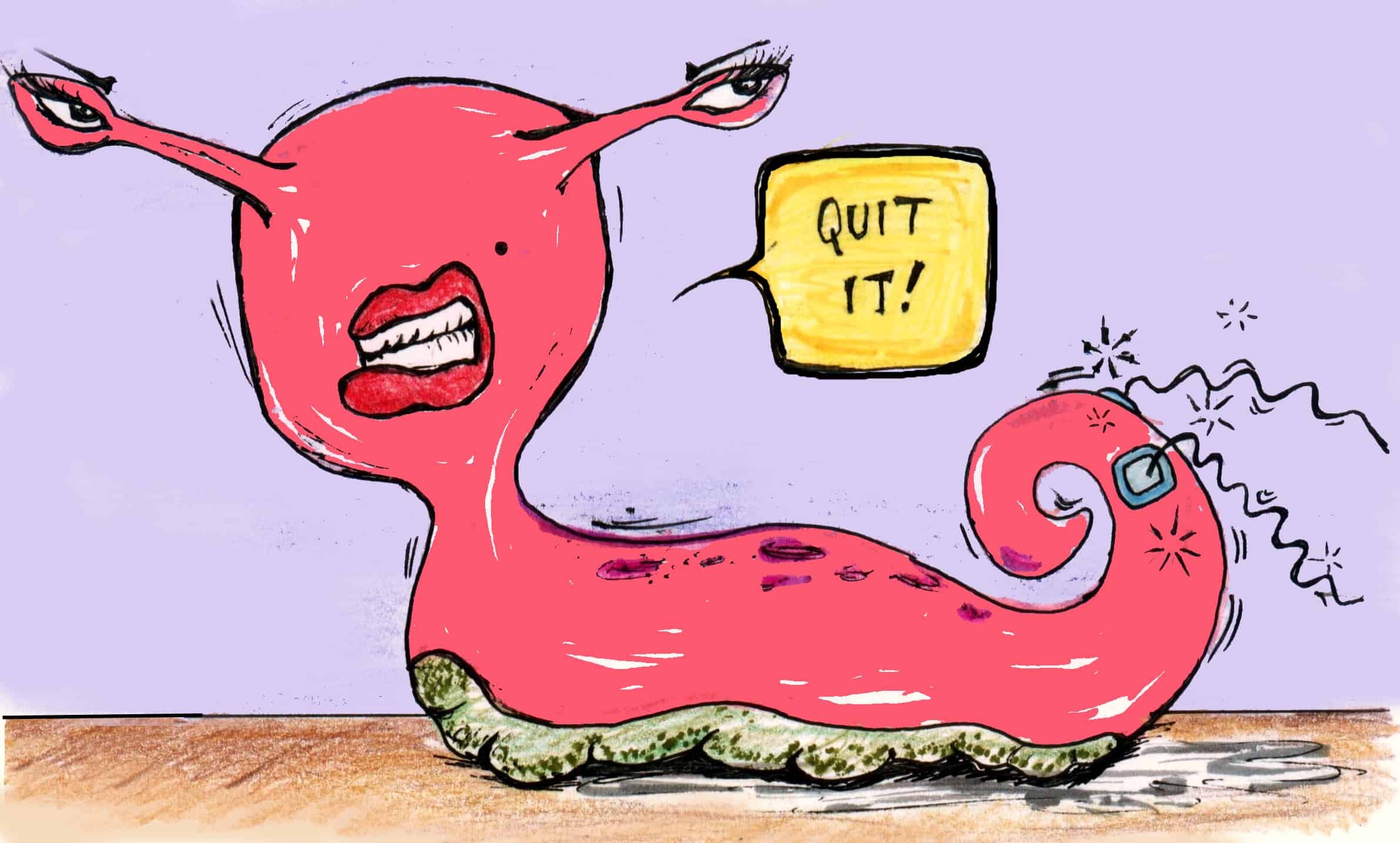The formation of memories is a mystery. In order to better understand the conditions under which we remember things best, John H. Byrne and his team from the University of Texas Medical School at Houston have narrowed the whole thing down to a simple marine slug called Aplysia californica. The model animal possesses a typical gill withdrawal reflex upon siphon stimulation through touch (the siphon is located near the tail-end of the slug). Here, its neurons and nerve connections are large and easily accessible to researchers.
In the past, very simple observed effects served as models for neurologists looking to understand learning processes inside the brain. One of these effects is sensitization, a sudden strong reaction to slight stimuli. When the mollusk’s tail is exposed to a modest electric shock (along with stimulation of the siphon), it becomes sensitized and reacts more strongly in comparison to when only the siphon is touched. If the combination of siphon stimulation and shock is presented more frequently, the sea slug is taught to remember the shock and will react with an increased sensitivity over a certain period of time.
John H. Byrne and his team successfully developed a computer model that demonstrates the duration needed for the slug to memorize the shock and react more sensitively.
The first step towards developing this model was understanding the biochemical processes that happen in the brain before, during, and after a sensitizing stimulus has been introduced. Simplified, the reaction of an organism, like the withdrawal reflex of Aplysia californica, consists of two main stages. First, a sensory neuron detects a stimulus. The neuron then “fires” — it gives a positive signal to an effector cell or motor neuron. In the second stage, the neuron fire then activates a muscle, resulting in the observed withdrawal.
The connection between both cells is called the synapse and can be visualized as a small cable. Many thick cables between two cells make a strong connection, which results in an increased probability that even a weak stimulus leads to a successful activation of the nearby motor neuron. Synapses between cells are variable, and once sensitization is triggered, the synapse between the sensory neuron and the motor neuron grows. So what we call the slug’s memory of being shocked is, biochemically speaking, just a strengthened synaptic connection between two cells that leads to an overreactive response when the sensory neuron is stimulated.
When a sensory neuron is treated with stimuli in specific patterns, the concentration of two molecules raises: extracellular-signal-regulated kinases (ERKs) and protein kinase A (PKA). They both lead to the observed growth of the synaptic connection.
The main difference between ERK and PKA is their occurrence over time. While PKA increases quickly and almost disappears within five minutes, ERK peaks 45 minutes after a stimulus. The common theory is that stimuli have to be timed in a way that allows for both protein levels to increase at the same time for maximum memorization ability.
Byrne’s team tried different training protocols in which the length of four variable time gaps between sensitizing stimuli (tail shock and siphon) were compared to four 20-minute long gaps. The computer predicted a sequence of gap lengths (10, 10, 5, and then 30 minutes) to be the protocol which would lead to the most overlap of high ERK and PKA concentrations. Consequently, stimulation following this sequence would result in the maximum possible memory effect that can be achieved given the circumstances. In this case, an increased memory effect means the mollusk continues to react after five days of being sensitized to a stimulus, whereas its memory after the standard procedure lasts only a single day.
To show that the computer model was indeed a representative model, the team tested the found sequence both with neuronal cells and also using Aplysia californica. They were able to show that in the real organism, the predicted sequence led to better memory.
The finding of this simple but successful computer model to predict neuronal reactions show promise. Not only does the use of computer models avoid implementing animal trials, it also shows how detailed knowledge about the chemical processes inside the brain can lead to important progress in biology research. If the sensitization of a marine mollusk is a primitive way of memorization and directed neuronal modification, the very same mechanisms are also found elsewhere. Of course, the more complex the system, the more factors are involved and need to be included in the model.
By taking that into account, the use of such methods may lead to a cure or at least treatment of mental diseases, traumatic brain injuries, or aging. Thanks to these slimy creatures, it may one day be possible to tell students how often they need to go through lecture notes in order to kick butt during finals.


